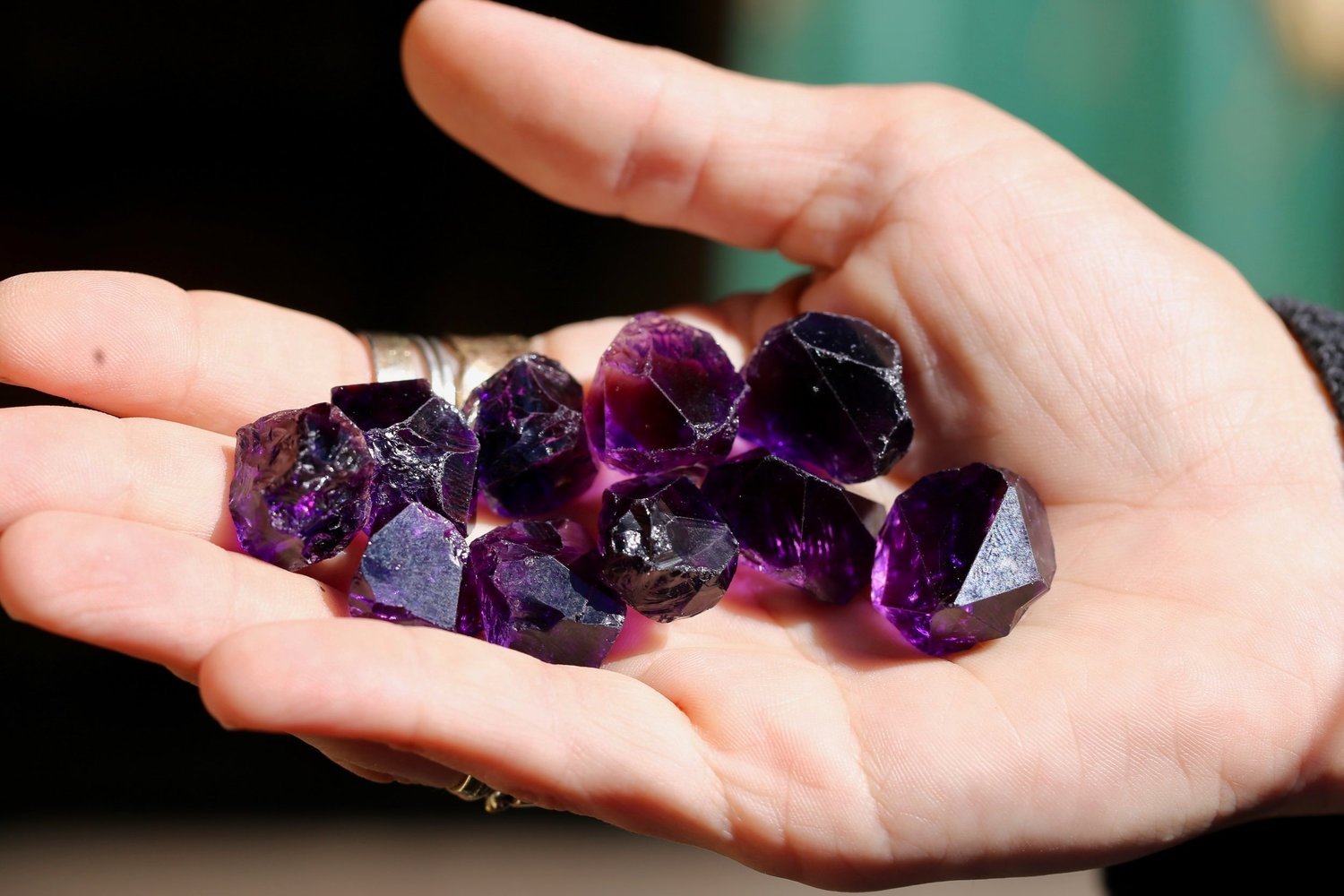
Opal Mythology: Greek Origin Story and Meaning
In Greek mythology, Zeus' siblings asked him to be their king and to wage war against their cruel father Cronus and the other Titans. To aid in the war effort, Zeus travelled to Tartarus and freed three Cyclopes and three Hundred-Hander Giants from their incarceration. To show their gratitude, they decided to forge a special weapon for Zeus – the thunderbolt. Zeus and his new allies then engaged the Titans in battle.

Amidst the fog of war, Cronus was momentarily distracted. Zeus used the opportunity to strike his father with the thunderbolt, downing him and allowing for his capture. It is said that after emerging victorious, Zeus wept tears which turned to beautiful opals upon hitting the ground!

The idea of opal retaining the fiery luminesce of lightning and thunder was also held by ancient Arabs, believing that opals fell from the sky during storms. Pliny, the Roman scholar remarked: “Some opali carry such a play within them that they equal the deepest and richest colors of painters. Others…simulate the flaming fire of burning sulphur and even the bright blaze of burning oil”.

Opals have been the victim of some terrible shaming campaign waged through the ages. In Medieval Europe, when Black Death and superstition was all around, opal became associated with all the pestilence and affliction. Later on, opal became a sought-after jewel for thieves, believing it could bestow them with a type of invisibility, allowing them to conduct their craft away from watchful eyes.
The curse of the opal was certainly encouraged by the De Beer mining family - powerful diamond miners - who feared the threat of opal overtaking diamonds. They saw its’ popularity make a comeback, with even Queen Victoria herself wearing and gifting opal! They so successfully promoted and encouraged the notion of opal being bad luck, that even today, wearing Opal if you were not born during the month of October can be considered bad luck!
Opal gets its name in English from the Latin Opalus, meaning: “Precious stone”. The gem that has a storied past and regardless of the bad press, continues to be worn and adored by many in the present day, particularly royal families in Europe.
The former Queen of the Netherlands, Beatrix has both a private and royal collection of jewels made of the orange-colored fire opals. Perfect for the Netherlands! Opal is Australia’s national gemstone, and as Queen of Australia, Queen Elizabeth also has a collection of gorgeous opal jewels.
We create one of a kind jewelry from Australian Opal, Peruvian Opal and Mexican Fire Opal. We can't promise they came from the tears of Zeus, but we ensure that all of our gemstones are ethically sourced.



